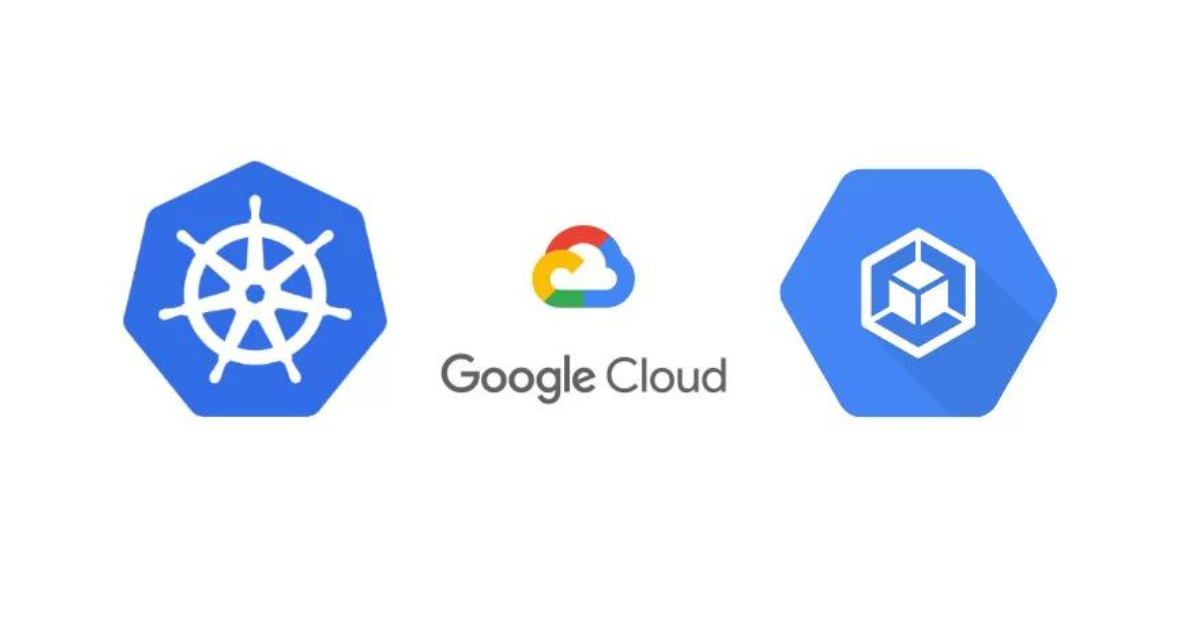
As businesses are constantly evolving and adapting to change, their applications need to be able to scale quickly and efficiently to meet the demands of their users. Traditional on-premises infrastructure can be difficult and expensive to scale, which is why many businesses are turning to cloud-based solutions.
Google Kubernetes Engine (GKE) is a container orchestration platform that makes it easy to deploy, manage, and scale containerized applications in the cloud. GKE is based on Kubernetes, an open-source platform for automating deployment, scaling, and management of containerized applications.
Benefits of using GKE for scalability
- Automatic scaling: GKE can automatically scale your applications up or down based on resource demand. This means that you don’t have to worry about provisioning and managing infrastructure yourself.
- High availability: GKE provides high availability for your applications by running them across multiple zones and regions. This means that your applications can continue to run even if there is a hardware failure in one zone or region.
- Cost efficiency: GKE can help you save money by only paying for the resources that you use. This is because GKE charges you per hour for the nodes that your applications are running on.
- Flexibility: GKE is flexible and can be used to deploy a wide variety of applications, from simple web applications to complex microservices architectures.
- Security: GKE is built on top of Google Cloud Platform, which offers a comprehensive set of security features and services. This means that your applications are protected from a wide range of threats.
There are two main ways to use GKE for scalability
- Horizontal Pod Autoscaler (HPA): An HPA automatically scales the number of pods in a deployment up or down based on CPU utilization or other resource metrics.
- Cluster Autoscaler: A Cluster Autoscaler automatically scales the number of nodes in a cluster up or down based on the demands of your workloads.
Here are some tips for using GKE for scalability
- Start small and scale gradually: Don’t try to scale your applications too quickly. Start with a small number of nodes and pods and scale up as needed.
- Monitor your applications closely: Use monitoring tools to track the performance of your applications and identify any bottlenecks.
- Use resource quotas: Resource quotas can help you limit the amount of resources that your applications can use. This can help you prevent your applications from consuming too many resources and causing outages.
- Use autoscalers: Autoscalers can help you automatically scale your applications up or down based on resource demand. This can help you avoid over-provisioning or under-provisioning resources.
- Use containerized applications: Containerized applications are easier to scale than non-containerized applications. This is because containers are lightweight and portable.

